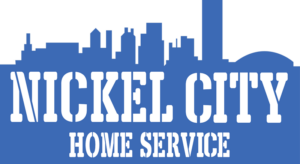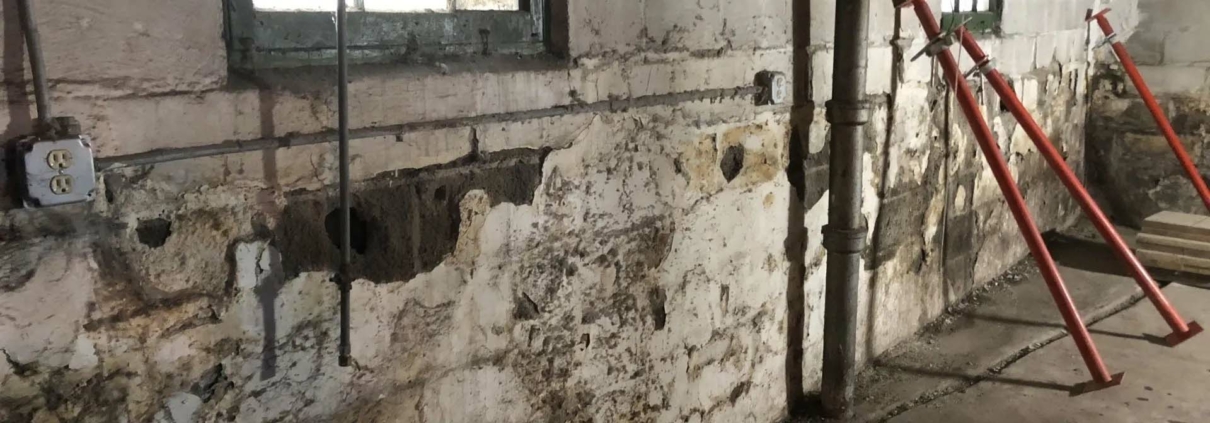Mold Prevention 101: How Waterproofing Can Keep Your Family Healthy
Mold, the silent intruder lurking in the dark corners of our homes, poses a significant threat to our health and well-being. From triggering allergies to exacerbating respiratory conditions, mold can wreak havoc on our bodies without us even realizing it. Understanding the basics of mold prevention and the crucial role that waterproofing plays in keeping mold at bay is essential for safeguarding your family’s health and creating a safe home environment.
Understanding the Menace of Mold
Mold is a type of fungus that thrives in damp, humid environments. Basements, bathrooms, and other areas prone to moisture accumulation are prime breeding grounds for mold spores. These microscopic organisms reproduce rapidly in the presence of moisture, releasing airborne particles that can trigger allergic reactions and respiratory issues in susceptible individuals.
The Health Risks of Mold Exposure
Exposure to mold can have a range of adverse health effects, particularly for those with allergies, asthma, or compromised immune systems. Common symptoms of mold exposure include nasal congestion, coughing, wheezing, skin irritation, and eye irritation. Prolonged exposure to mold can exacerbate existing health conditions and increase the risk of developing respiratory infections.
The Role of Waterproofing in Mold Prevention
One of the most effective strategies for mold prevention is controlling moisture infiltration in your home. This is where waterproofing plays a crucial role. By sealing off entry points for water and creating a moisture-resistant barrier, waterproofing measures prevent the conditions that mold needs to thrive.
Basement Waterproofing: A First Line of Defense
Basements are particularly susceptible to mold growth due to their below-ground location and propensity for moisture infiltration. Basement waterproofing involves applying sealants, coatings, and membranes to basement walls and floors to prevent water intrusion. By keeping moisture at bay, waterproofing not only protects your basement from water damage but also creates an inhospitable environment for mold growth.
Crawl Space Encapsulation: Sealing Out Moisture
Crawl spaces are another common area where mold can flourish. Crawl space encapsulation involves sealing off the space from moisture and humidity by installing vapor barriers and insulation. This prevents moisture from seeping into the crawl space and creating ideal conditions for mold growth.
Sump Pump Installation: Keeping Basements Dry
Sump pumps are an essential component of basement waterproofing systems. They work by removing excess water that accumulates in a sump pit, preventing basement flooding and reducing the risk of mold growth. Sump pump installation is particularly beneficial in areas prone to heavy rainfall or high groundwater levels.
Regular Maintenance: A Preventive Measure
While waterproofing provides effective mold prevention, regular maintenance is essential for ensuring its long-term effectiveness. This includes inspecting for signs of water damage, repairing any cracks or leaks promptly, and maintaining proper drainage around your home’s foundation.
Protecting Your Family’s Health
Mold prevention is not just about maintaining a clean and tidy home; it’s about safeguarding your family’s health and well-being. By understanding the risks of mold exposure and implementing effective waterproofing measures, you can create a healthy indoor environment where mold has no place to thrive.
From basement waterproofing to crawl space encapsulation and sump pump installation, each step you take towards moisture control contributes to protecting your family from the harmful effects of mold. Invest in waterproofing today to ensure a healthier tomorrow for you and your loved ones.




